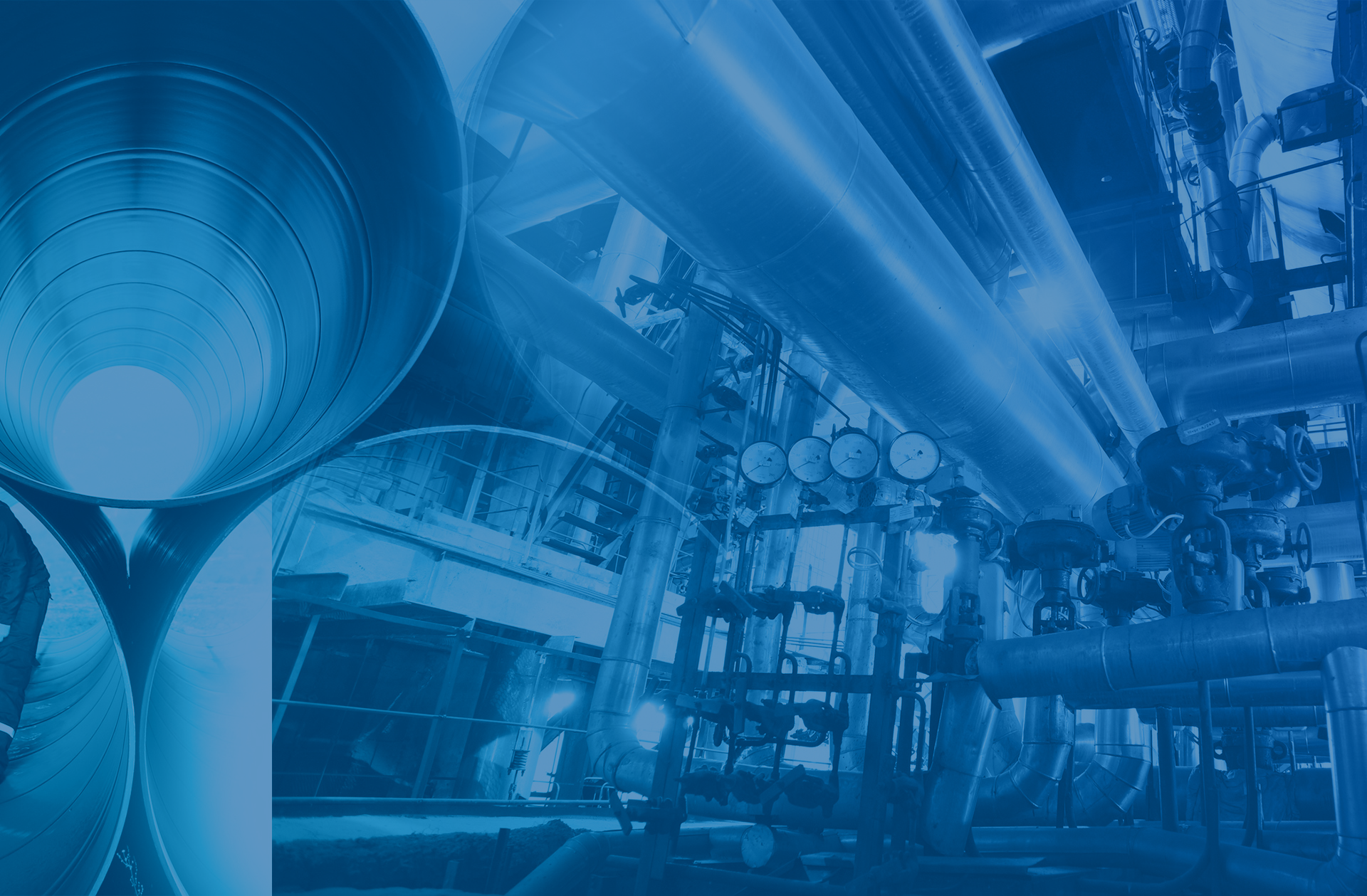
Almost all industrial facilities—whether process, power, manufacturing or research—have at least one and often many expansion joints to provide engineered solutions for issues such as thermal expansion, piping fit-up, equipment nozzle loads and vibration isolation. Sometimes they are a last resort. Other times, they are widely accepted as an extra means of safety. There is an issue across industry concerning a lack of understanding
about how expansion joints work and, more importantly, how they are affected by pressure.
The author has encountered some extremely experienced people who have not fully grasped how pressure thrust can affect expansion joints. This white paper examines the basic design principle of pressure thrust and how expansion joints affect it, examples of improper expansion joint use, and the advantages and disadvantages of different types of expansion joints.
Fill out the form to get the white paper and gain three takeaways that will grow your understanding of expansion joints and when and how to use them safely!
Jim E. Meyer, P.E., has over 40 years of experience in refining petrochemical, chemical, power generation, and industrial facilities. He is a principal engineer at Louis Perry and Associates, a full-service engineering and architectural firm, located in Wadsworth, Ohio.
As a member of ASME, he has been involved in the ASME B31.1 and ASME B31.3 Section committees for over 35 years. He is currently Chair of the ASME B31.3 Process Piping Section Committee, Chair of the ASME B31 Standards Committee, and serves on the ASME Board on Pressure Technology Codes and Standards. Jim has also served as Chair of ASME B31.1 Power Piping Code Section Committee.
Jim currently teaches several ASME classes. In the 7 years he has been teaching for ASME, he has taught over 100 courses to more than 600 learners in 20 countries.
2 Park Avenue
New York, NY 10016
email: CustomerCare@asme.rg
